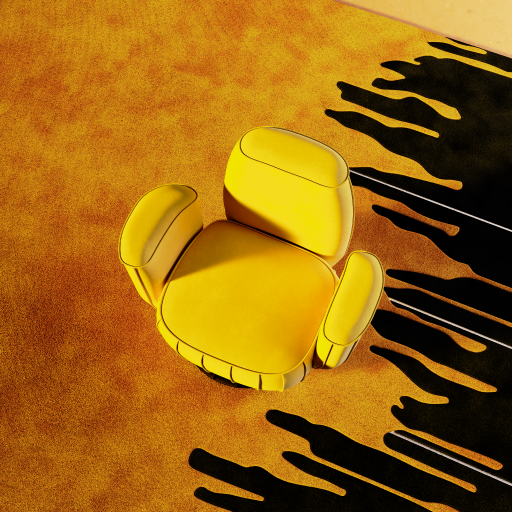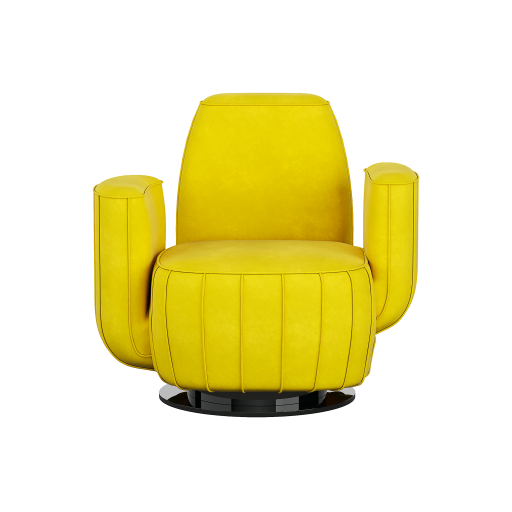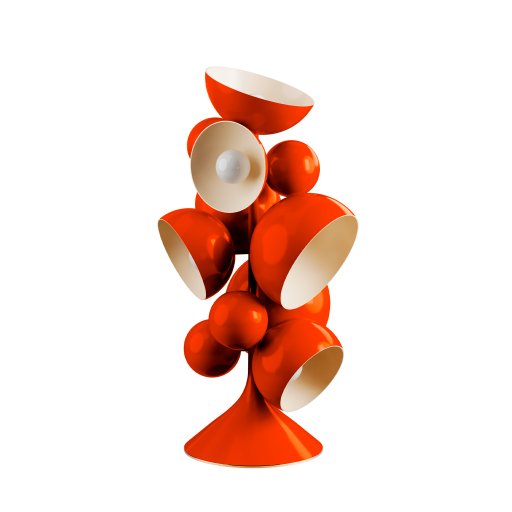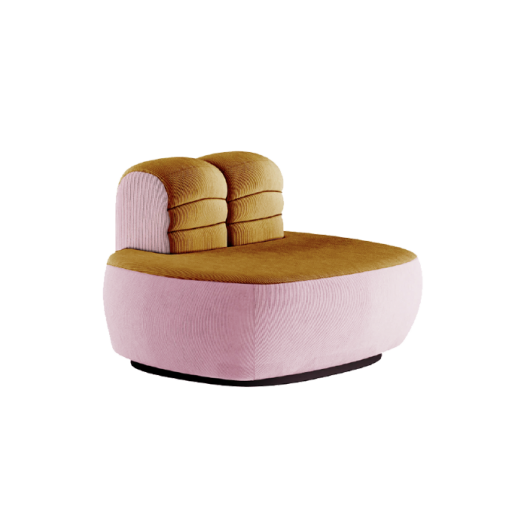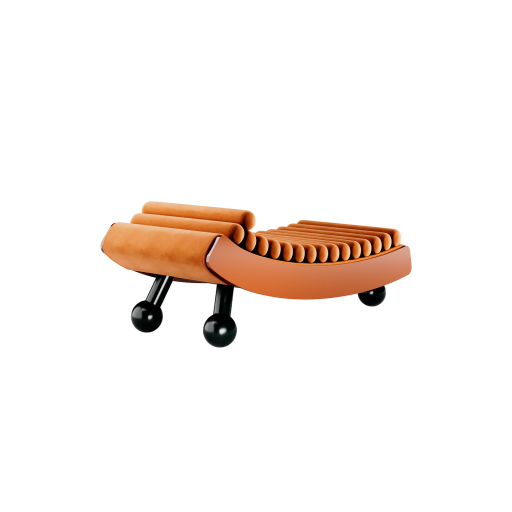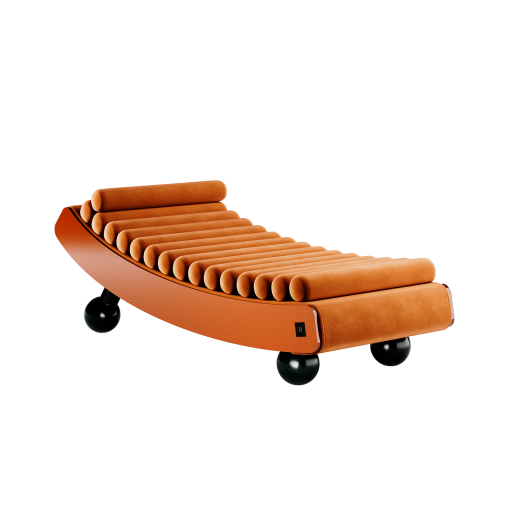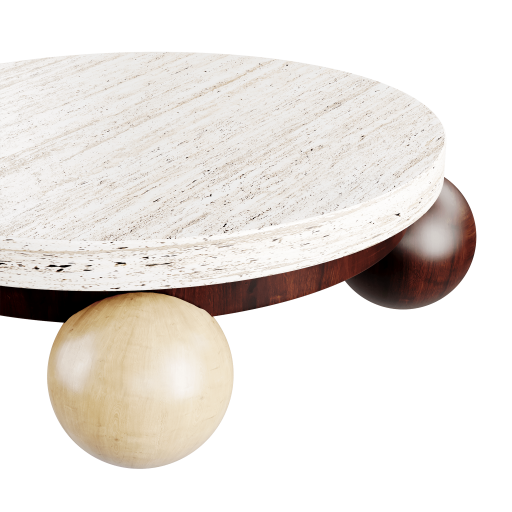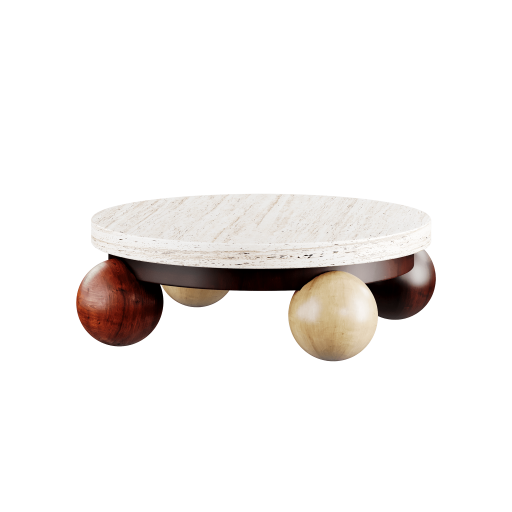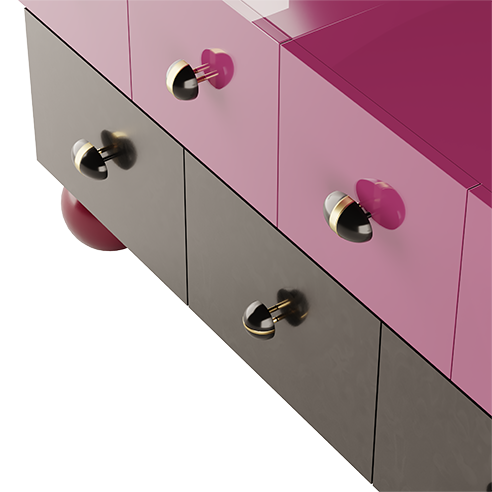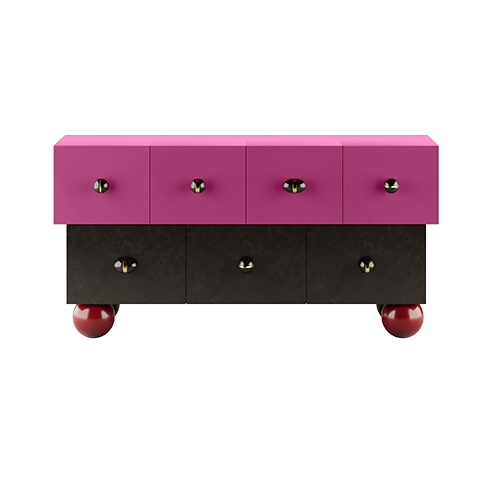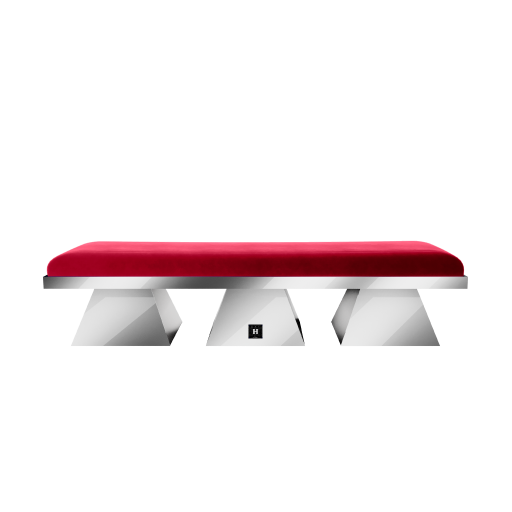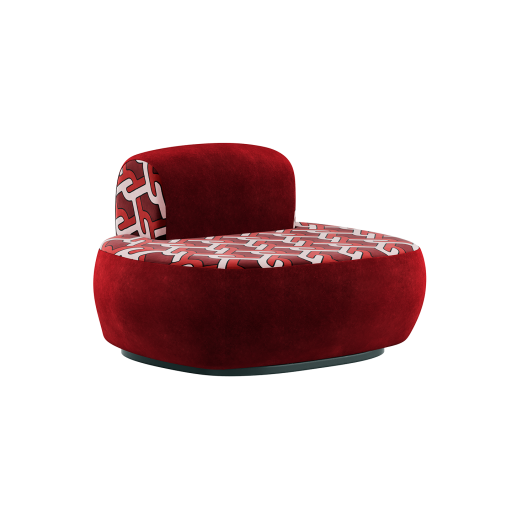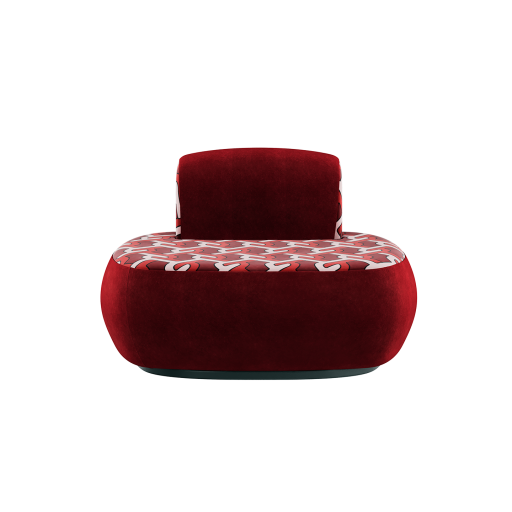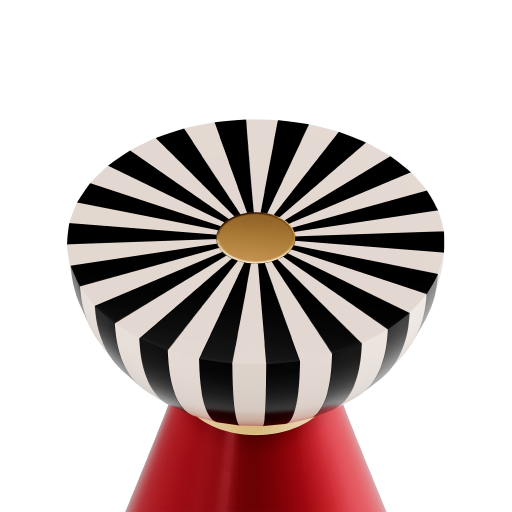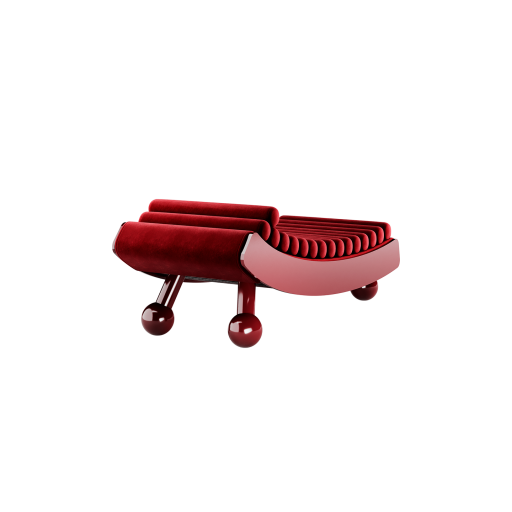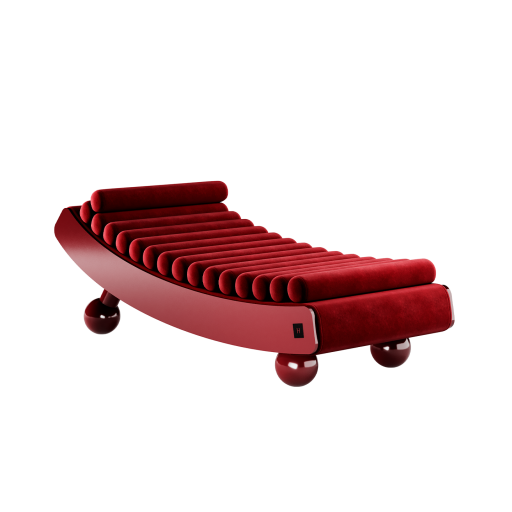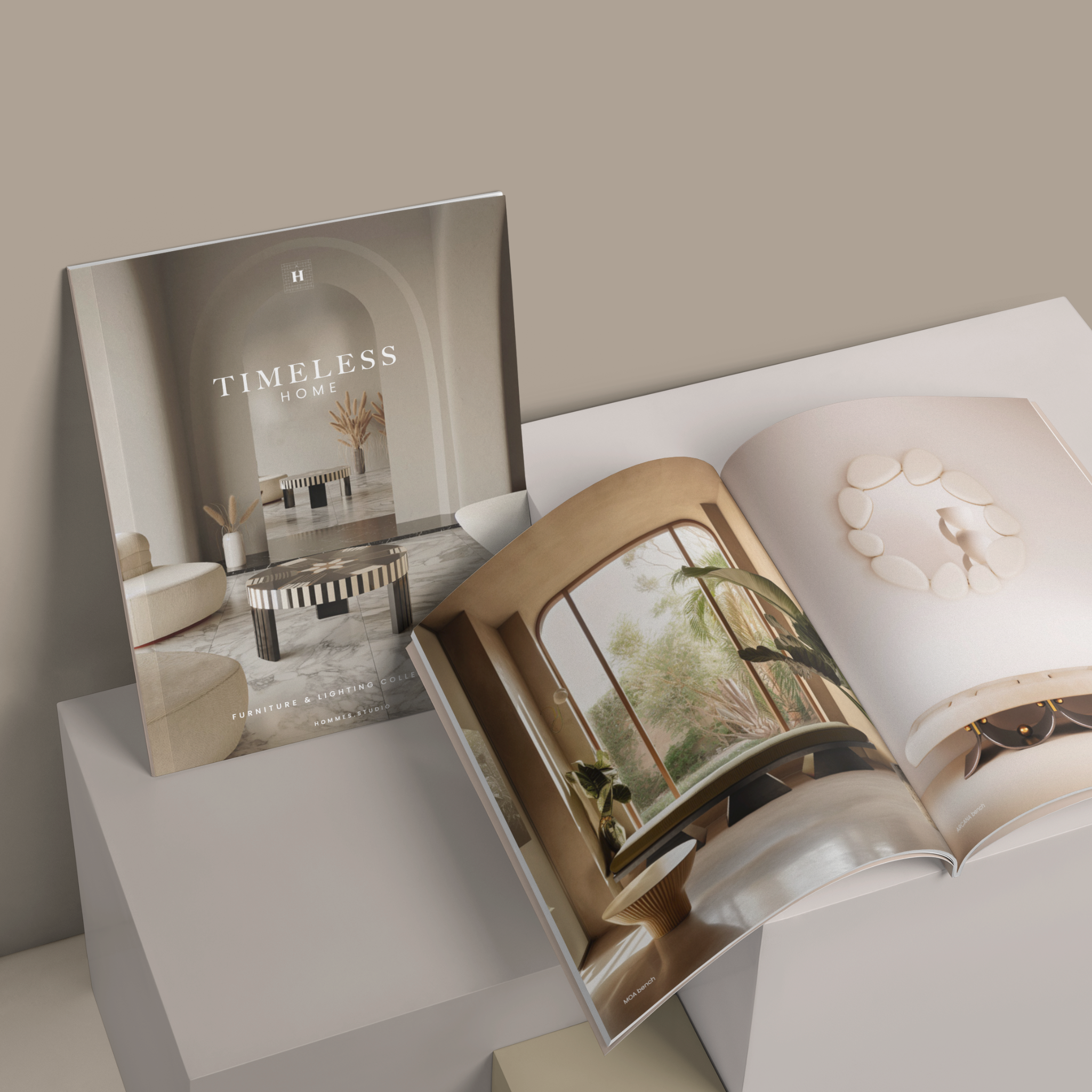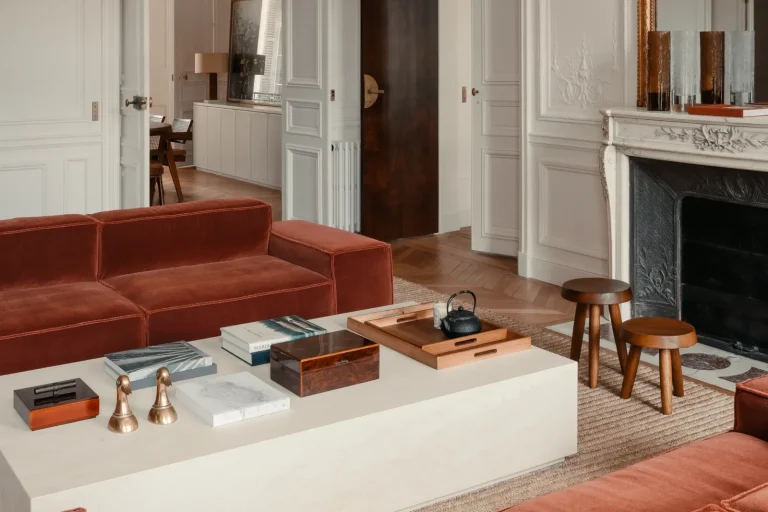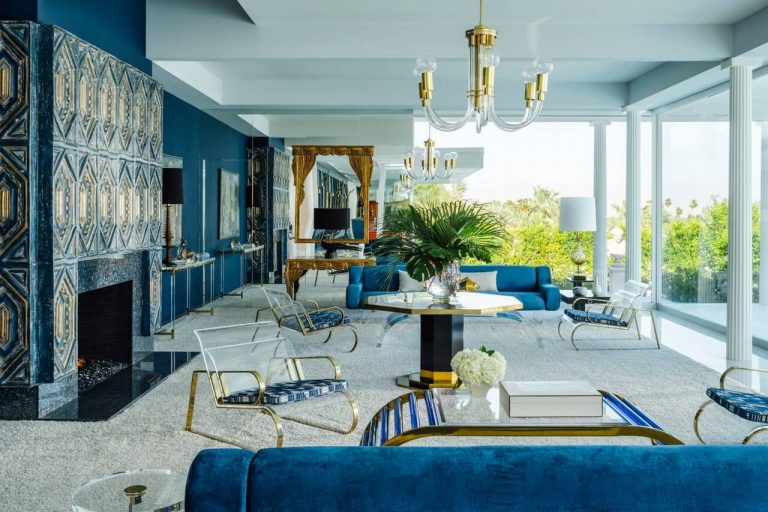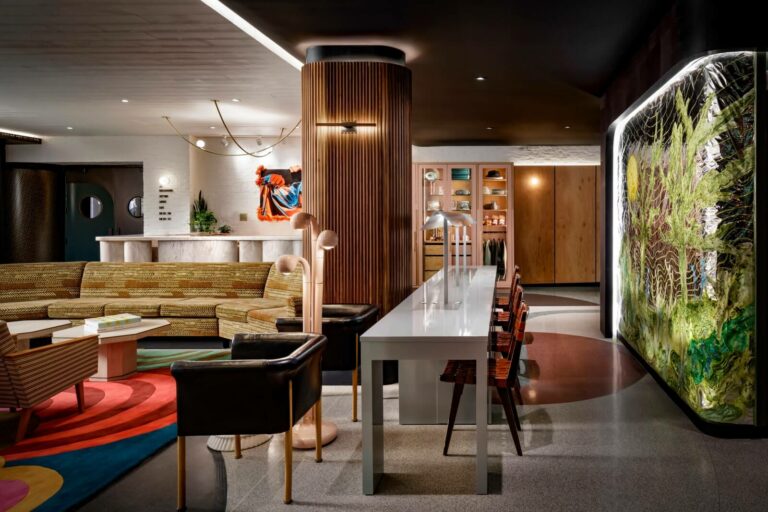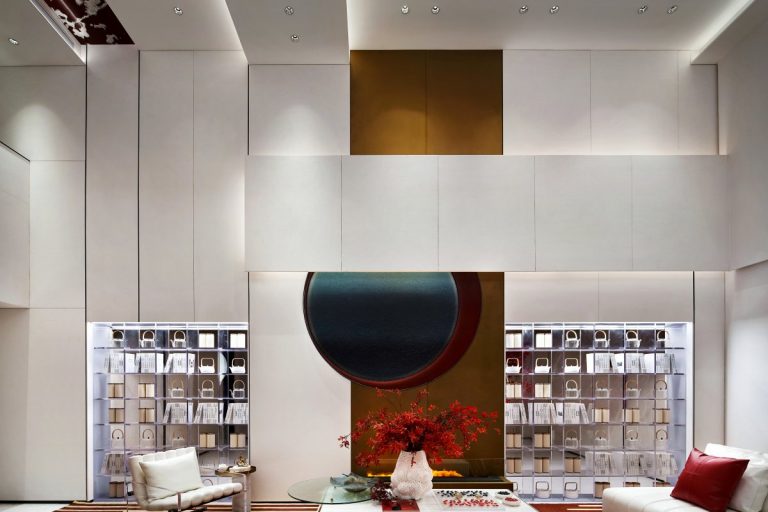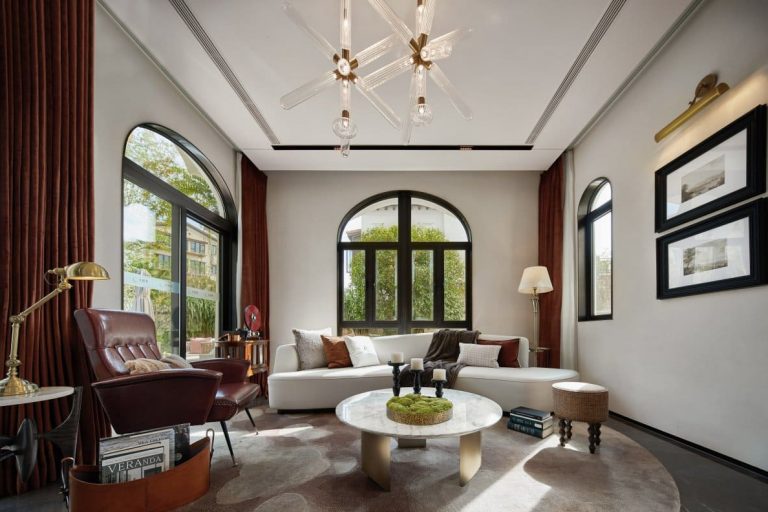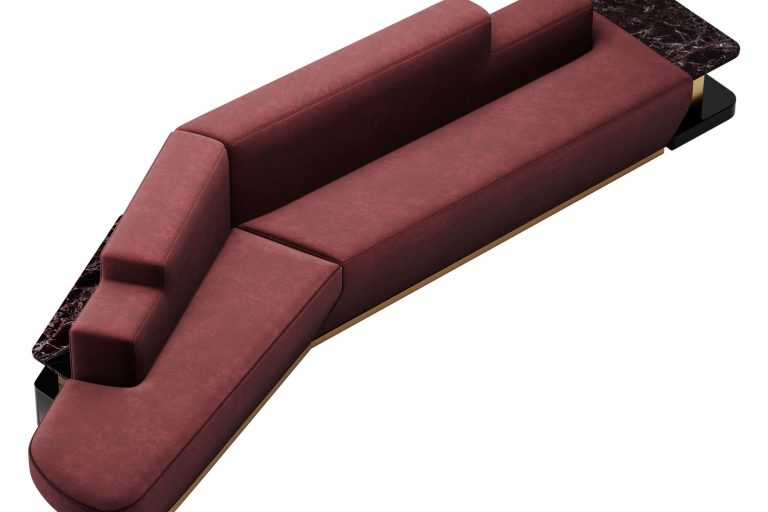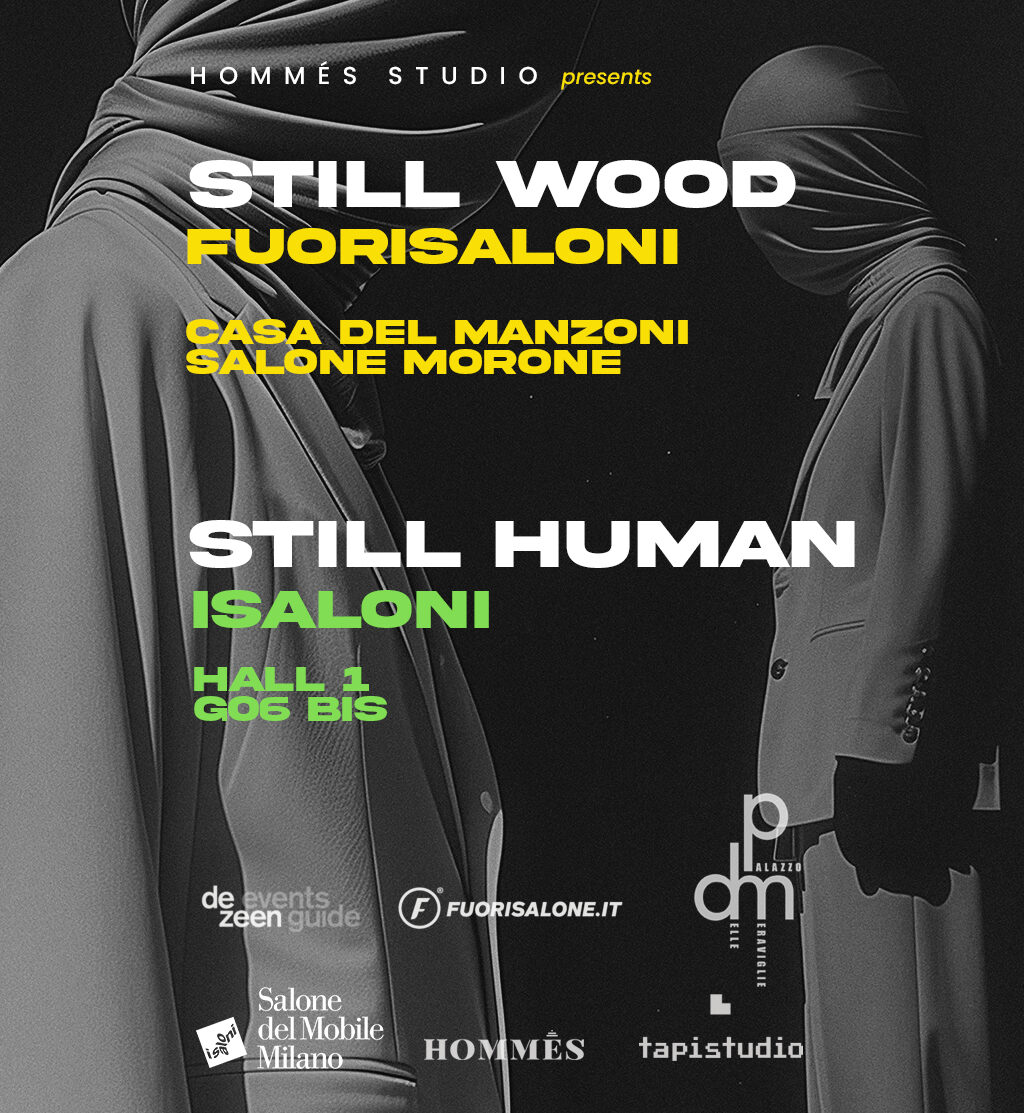What is Memphis Design Style? The Memphis Design Style created by the Memphis Group is one of the most instantly recognizable design styles and blends art deco with pop art.
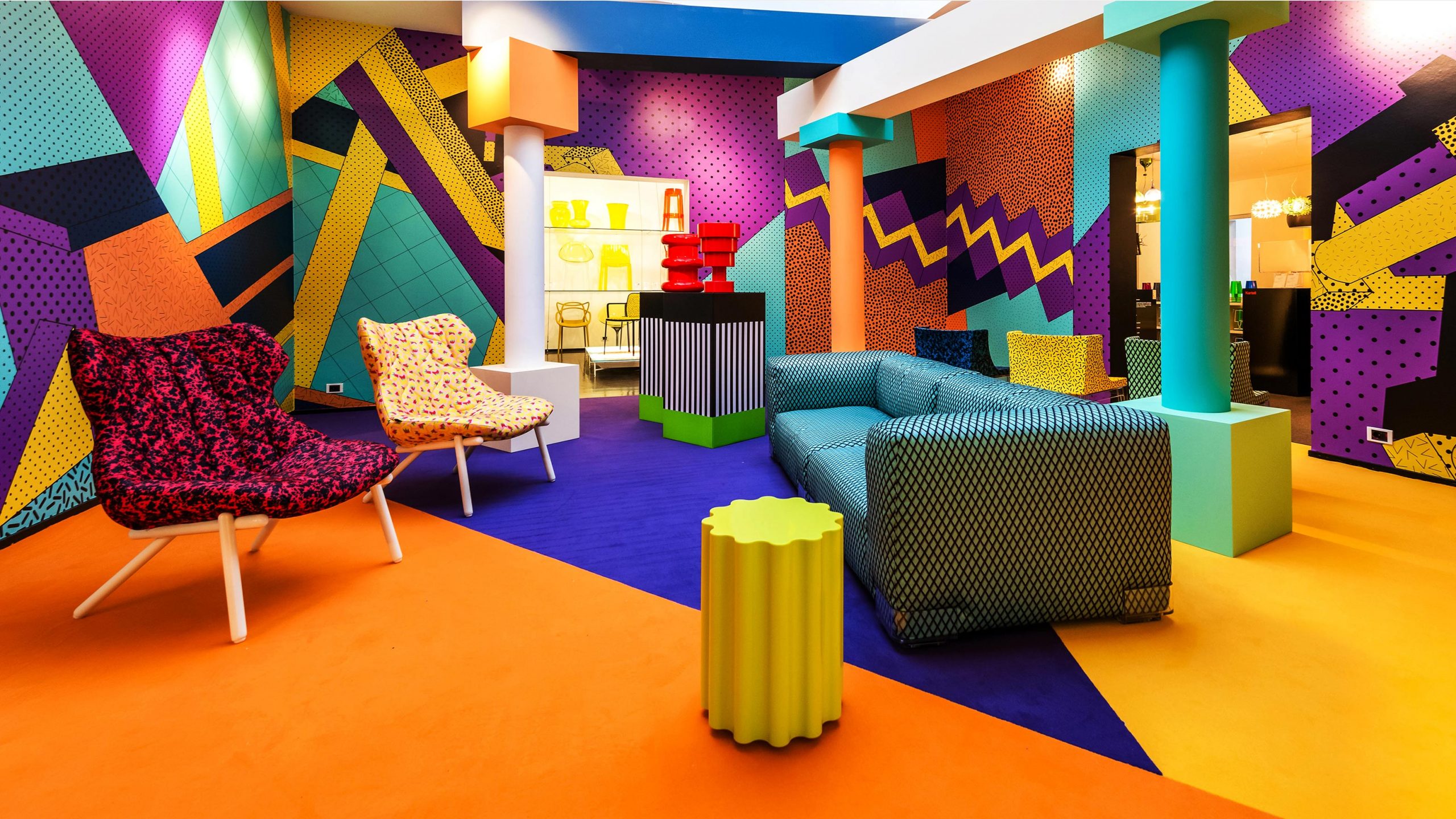
The Memphis Design Style created by the Memphis Group is one of the most instantly recognizable design styles and blends Art deco with pop art.
Whether you love or hate it, the Memphis Design movement initiated by the Memphis Milano group is still relevant in today’s design scene and is making a comeback among influencers and tastemakers.
Back in the 1980s, a team of Italian architects and designers led by Ettore Sottsass, known as Memphis Milano, developed the retro design aesthetic known as Memphis Design. Because of their mutual dislike of the minimalist design style of the 1960s and 1970s modernism, the group of creatives set out to make postmodern furniture, fabric, patterns, ceramics, and other decorative objects inspired by art deco and pop art, bonding streamlined geometry and electric colors.
What is Memphis Design Style?

But do you know what is Memphis Design Style? The Memphis Design Style is a design movement born in the living room of Ettore Sottsass on the evening of December 11, 1980. Sottsass invited a group of 22 Italian architects and designers to discuss the future of design. In common, they disliked the simplicity of Modernism, its use of modest lines, bland shapes, and neutral colors.
While the artists were brainstorming in Ettore Sottsass’s living room in Milan, Bob Dylan’s record “Stuck Inside of Mobile with the Memphis Blues Again” was playing on repeat. ‘Memphis’ became the name for the group of Italian artists defying the harmonious post-war aesthetics standards.
‘Memphis’ names a contemporary city in Tennessee, USA, and ancient Egypt’s capital city. This duality was hand in hand with Memphis Design Style aesthetics that merges the opulence of art deco with the aesthetics of 1950s kitsch and mass-produced pop art objects.
After the initial meeting, the Memphis Group gathered again three months later in 1981 to share hundreds of furniture, patterns, textiles, and objects that clash with the balanced proportions of Modernism. Therefore, the Memphis Design movement outlined the post-modernist aesthetic.
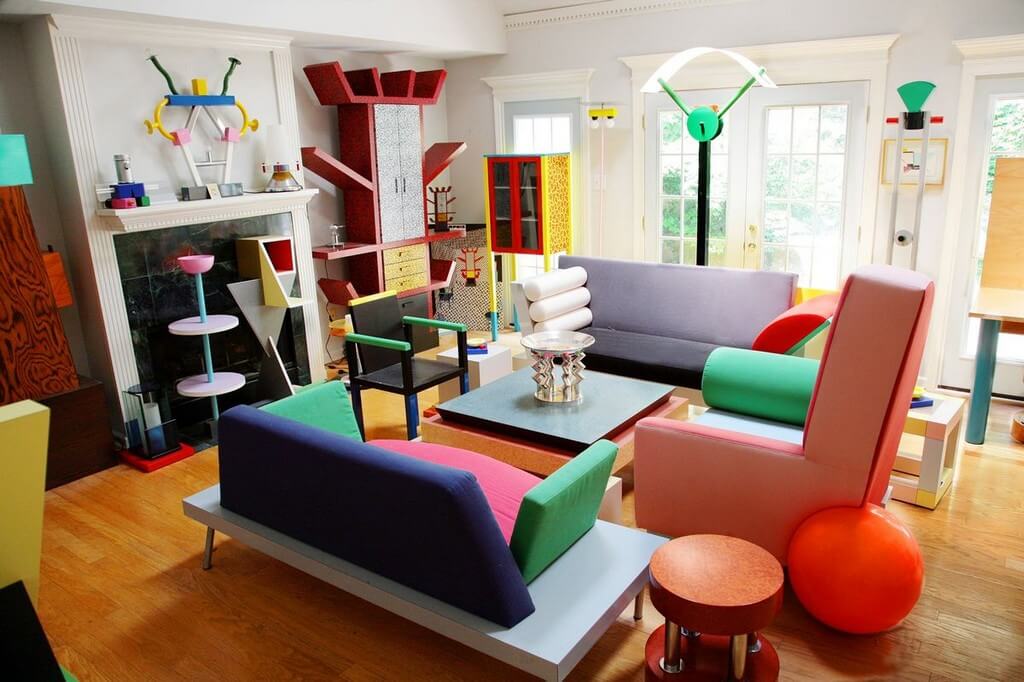
The initial critical reaction to the designs produced by the Memphis Group was not the best. The group’s use of conventionally ‘bad-taste’ plastic laminate and clashing colors challenged the widely accepted design standards of the time. However, we can now look back on the designs created by the Memphis Group and recognize that they were ground-breaking. They marked a complete separation from the dark, overly tasteful, and serious design styles of the 1970s.
Ettore Sottsass left the Memphis Milano group in 1985. The collective of post-modernist architects and designers disbanded in 1987 since it became challenging to parallel the initial commercial success of their designs. Fast forward, the Memphis Design style is back.
Memphis Design Style Characteristics
The Memphis Design style is a retro aesthetic that opposes brutalism and post-war architecture, interiors, and product design. In this manner, the Memphis Design style lends the streamlined geometry of art deco design and the electric colors of day-to-day objects. Memphis Milano is often described as kitschy and tacky because it is characterized by bright colors, geometric shapes, strong patterns, stripes, clashing hues, abstract designs, and plastic laminate.
Why Is Memphis Design Style Back?
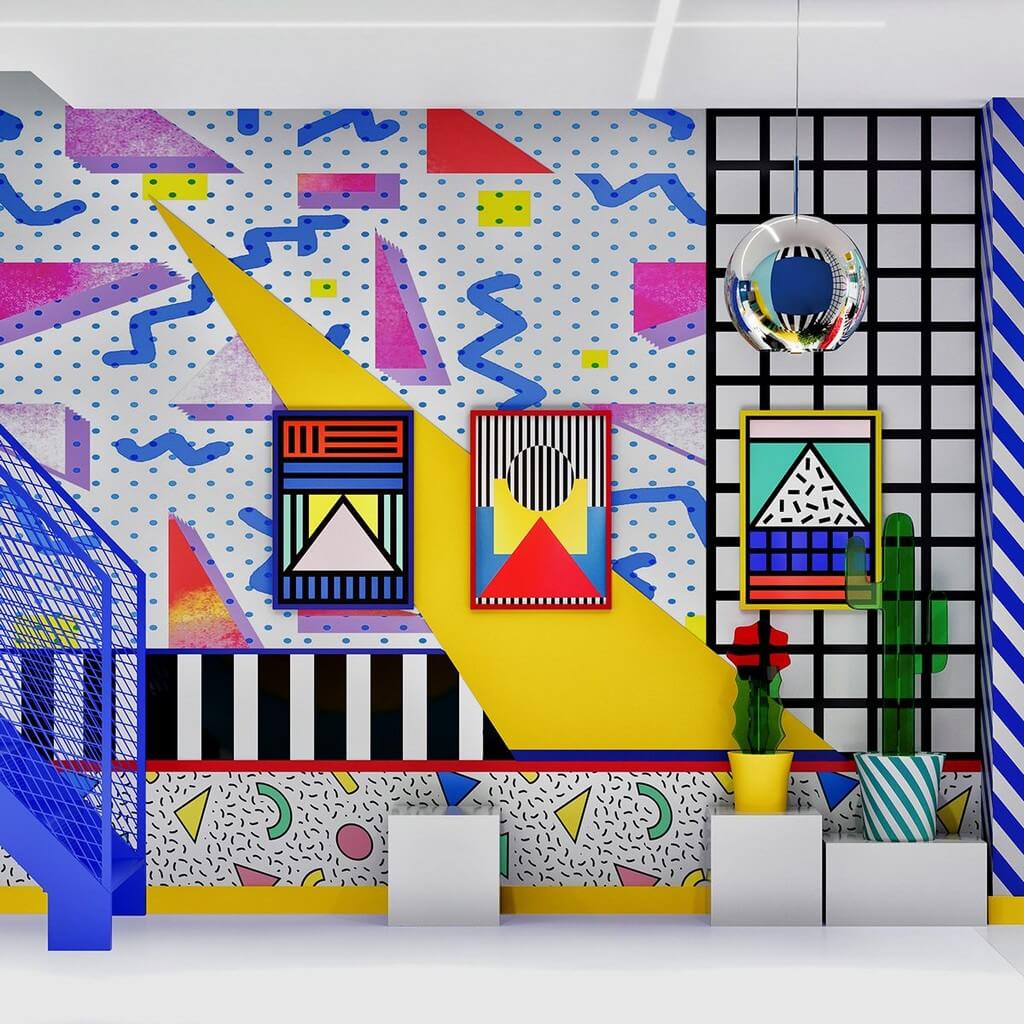
Memphis design began to reemerge in 2005 in Los Angeles. LACMA (Los Angeles County Museum Of Art) exhibited a survey of Sottsass’ designs a year before he passed away.
Right after Sottsass’ death, interest in what is Memphis Design style began to grow. It influenced high fashion houses like Missoni, Karl Lagerfeld, and Christian Dior, and the latter’s 2011 collection helped kick-start the movement.
Fast forward to 2014, Nathalie Du Pasquier, a founding member of the Memphis Milano group, designed a collection of patterns for the fast-fashion giant American Apparel. Following the steps of American Apparel, in 2016, the brand Supreme released a series of skate decks and clothing designed by Alessandro Mendini, who took part in the first Memphis Design exhibit ever. A year later, the big box retailer West Elm joined the Memphis Design movement with a Du Pasquier-inspired collection designed by Brooklyn-based artist Dusen Dusen.
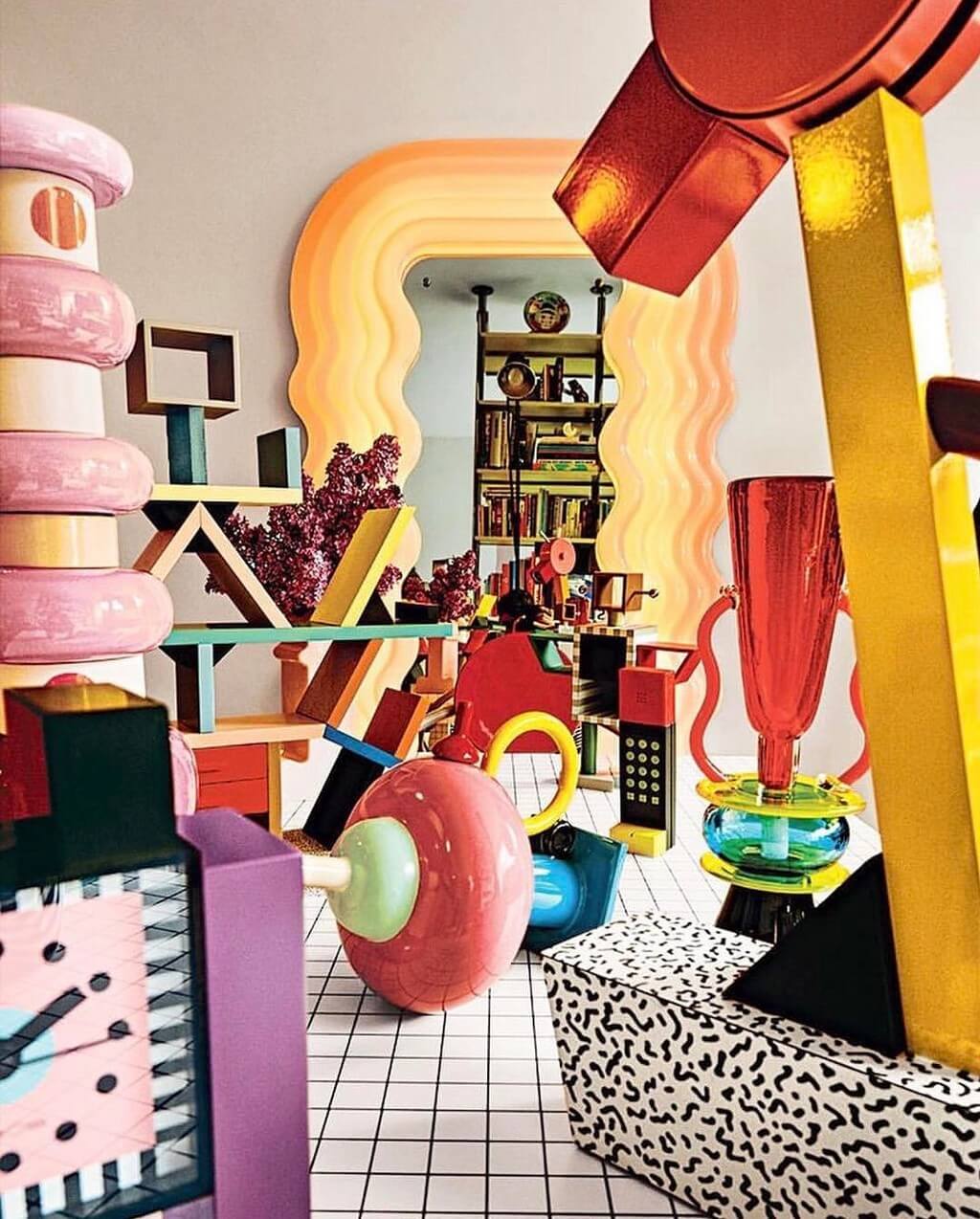
At the 2022 Triennale Milano, the Memphis Milano Collective showcased more than 200 objects and pieces of furniture designed and produced from 1981 to 1986 in an exhibition named Memphis Again. The exhibition curated by Christoph Radl points out that the Memphis Design style remains an iconic concept until nowadays.
Furthermore, the Memphis Design style became a predominant aesthetic in furniture and product design, graphic design, and interior design. Patricia Urquiola, Charles Zana, and Bells + Whistles are some of the top architects and interior designers who design Memphis Design interiors.
Almost 40 years since its influential debut, this design movement is back in vogue with its “Less is Bore” vibes.
Now that you know what is Memphis Design Style and why it is back, embrace the trend. Discover 5 Memphis Milano projects to inspire your journey through the style.


